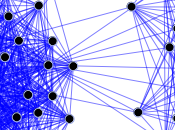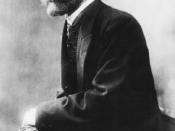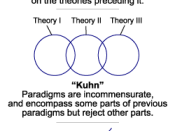Armendia, Luis
Sociology, 3208
Glossary of Chapter 1
.
Sociological Imagination: The ability to see how social conditions affect our lives...A sociologist would use it to formulate theories on how social change will influence society and its structure.
Social conditions: The realities of life we create together as social beings. It could be represent it by the way we live, the economy, the culture, and how we interact with each other on a certain time period.
Sociology: The scientific study of human societies and human behavior in the groups that make up a society. A sociologist will use the scientific method by observing, formulating theories, describing those theories and finally trying to prove them. A sociologist will concentrate on groups instead of individuals.
Micro-level sociology: An approach to the study of society that focuses on patterns of social interaction at the individual level; for example, the way people interact when talking on the phone.
Macro level sociology: An approach to the study of society that focuses on major structures and institutions of society; for example, the influence a revolution has on the population and the impact it has on them.
Middle-level sociology: An approach to the study of society that focuses on relationships between social structures and the individual; for example, the impact on workers when a company goes out of business or is lying off people.
Scientific method: The process by which theories and explanations are constructed through repeated observation and careful description. When a sociologist tries to predict a sociological change he or she will use this method by observation, formulating theories, describing those theories and finally trying to prove them.
Human ecology: A sociological perspective that emphasizes the relationship among social order, social disorganization, and the distribution of populations in space and time. It bases on...


